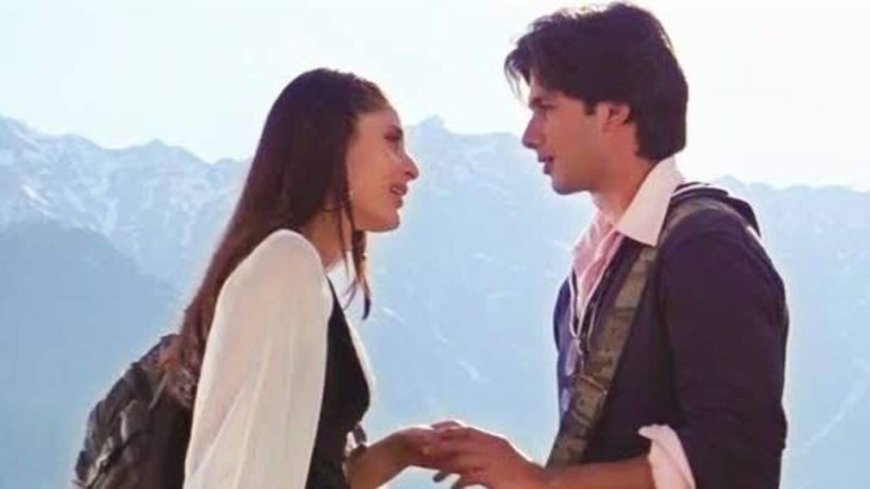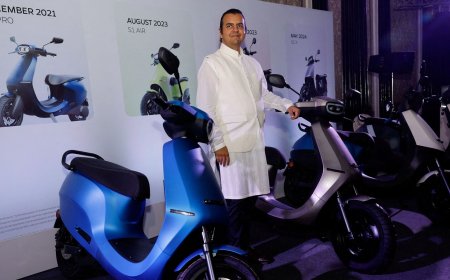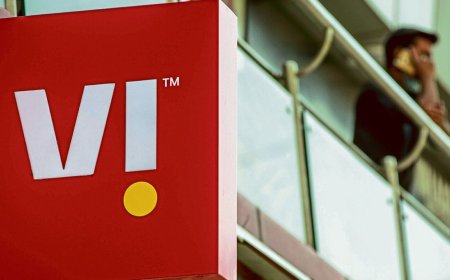Old Indian films find revival on OTT platforms, thanks to social media, nostalgia cravings
Classic Bollywood films are seeing renewed popularity on OTT platforms like Netflix and ZEE5, driven by social media virality and millennials’ nostalgia. Here's how the trend is reshaping India’s digital entertainment landscape.

Vintage Bollywood Makes a Digital Comeback
In a remarkable trend gaining momentum across India's entertainment industry, decades-old Indian films are experiencing a resurgence in popularity—thanks to the twin forces of social media virality and a growing wave of nostalgia among millennials and Gen Z. Once relegated to Doordarshan reruns or dusty shelves, classics from the 70s, 80s, and 90s are now streaming on major OTT platforms such as Netflix, Amazon Prime Video, ZEE5, and SonyLIV, where they're finding a new and enthusiastic audience.
The Role of Social Media in Resurrecting Forgotten Gems
Instagram reels, Twitter/X threads, and YouTube nostalgia reviews have become fertile ground for rekindling interest in old cinematic masterpieces. Memes and viral video snippets of iconic scenes, dialogues, and songs are sparking conversations among users born long after the films first hit theatres.
“One tweet or meme is sometimes enough to drive traffic towards a 30-year-old movie on an OTT platform,” said Rohan Narang, a digital strategist with a focus on media analytics. “People enjoy sharing content that reminds them of a simpler time—or makes them curious about what the previous generation adored.”
Influencers and film bloggers are curating lists like ‘Top 10 Evergreen Bollywood Films You Must Watch’ or ‘Why Hrishikesh Mukherjee’s Comedies Still Hold Up’, boosting engagement and watch times for older titles. As a result, films like Chupke Chupke, Amar Akbar Anthony, Lamhe, and Dil Se have witnessed significant spikes in views over the last year.
OTT Platforms Capitalizing on the Nostalgia Wave
OTT players have picked up on this shift and are revamping their content libraries accordingly. According to data shared by Media Partners Asia, viewership of classic Indian cinema on streaming platforms rose by 27% year-on-year in FY24. Platforms like Netflix have re-released remastered versions of Satyajit Ray’s classics, while Prime Video now hosts retro Bollywood favorites with improved audio-visual quality.
“Old is the new gold,” said Meenal Mathur, Content Head at ZEE5. “We are seeing a revival in demand not just from Tier-1 cities, but even from Tier-2 and Tier-3 towns where audiences are hungry for feel-good, family-friendly content.”
SonyLIV recently launched a ‘Retro Reels’ section, categorizing handpicked old titles under themes like Family Dramas, Golden Era Romance, and 80s Action Kings. According to platform executives, these curated sections have driven a 2x increase in daily watch time among users aged 25–40.
Emotional Comfort Meets Cultural Curiosity
The COVID-19 pandemic may have been the initial trigger for this trend, as many people turned to old movies for comfort during lockdowns. But even after the pandemic, the emotional connection and the aesthetic appeal of old Bollywood have persisted.
“Young people are discovering these films for the first time, while older viewers are reliving their youth,” said Anuja Desai, a Mumbai-based pop culture researcher. “There’s a dual pull of cultural curiosity and emotional comfort.”
OTT platforms are also increasingly localizing subtitles and improving search algorithms to make these classics more accessible, particularly among global audiences interested in Indian storytelling.
Business Implications: Content Libraries as Goldmines
From an investment standpoint, the revival of old films represents a low-risk, high-return proposition. Licensing old titles is often cheaper than producing new content, yet they generate healthy viewership and user retention.
Analysts believe that digitizing and monetizing legacy content could become a key pillar in OTT platforms' profitability strategy. According to KPMG India, over 12,000 Indian films made before 2000 remain under-digitized or are unavailable for streaming. This presents a lucrative opportunity for content aggregators and platforms looking to scale up their libraries without heavy investments.
“Digitizing archives is the new frontier,” said Arvind Kamat, an entertainment sector analyst with IIFL Securities. “It's a value unlock waiting to happen.”
Challenges: Rights, Restoration, and Discoverability
Despite the optimism, challenges persist. Many classic films are entangled in rights issues, or exist only in deteriorated physical formats. Restoration costs, while lower than full-scale production, can still run into several lakhs per film. Moreover, discoverability remains an issue—users need curated suggestions and improved interfaces to access these movies.
“To truly capitalize on this trend, platforms must invest not just in licensing, but in restoration, subtitling, and smart content recommendation systems,” noted Ritika Shah, a senior media consultant.
Investor Outlook: Niche Trend or Strategic Shift?
While nostalgia-driven viewership may seem like a niche, industry watchers believe it could signal a broader evolution in India’s digital content consumption.
For investors, companies that own large film libraries—such as Shemaroo, Ultra Media, and Eros International—stand to gain if they can successfully partner with OTT platforms or launch their own apps. Meanwhile, OTTs that aggressively curate and promote vintage content could reduce churn and improve user engagement metrics—key drivers of valuation in the fiercely competitive streaming market.
As Indian OTT platforms search for differentiated content and monetization strategies, the revival of old Indian cinema is emerging as a smart, sentiment-driven growth lever. By combining social media virality, digital restoration, and nostalgia marketing, streaming services are breathing new life into timeless classics—delighting audiences both old and new.
What's Your Reaction?
 Like
0
Like
0
 Dislike
0
Dislike
0
 Love
0
Love
0
 Funny
0
Funny
0
 Angry
0
Angry
0
 Sad
0
Sad
0
 Wow
0
Wow
0













































































